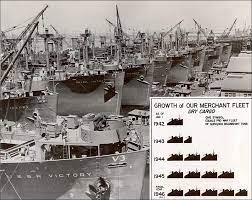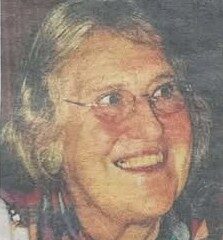
The Victory ship was a class of cargo ship produced in large numbers by North American shipyards during World War II to replace losses caused by German submarines. They were a more modern design compared to the earlier Liberty ship, were slightly larger and had more powerful steam turbine engines, giving higher speed to allow participation in high-speed convoys and make them more difficult targets for German U-boats. A total of 531 Victory ships were built in between 1944 and 1946.
Many Victory ships were converted to troopships to bring US soldiers home at the end of World War II as part of Operation Magic Carpet. A total of 97 Victory ships were converted to carry up to 1,600 soldiers. To convert the ships the cargo hold were converted to bunk beds and hammocks stacked three high for hot bunking. Mess halls and exercise places were also added.
Dutch Government purchased three Victory ships
Three converted ‘Victory ‘ships made a lasting impact on Dutch maritime history. Introducing the Motor Vessels MV Groote Beer, Zuiderkruis, and Waterman, weighing a modest 9,100 tons each. But don’t let their size fool you; they had a charm and character all their own.
Originally constructed as troopships, these three vessels were part of the remarkable fleet of 97 ‘Victory’ ships. Cranston Victory, for instance, took to the waters on May 5, 1944, and Costa Rica Victory followed suit on June 17, 1944. Once the war had ended, the Dutch Government acquired these ships in 1947, transforming them into small migrant vessels bound for Canada, South Africa, and Australia.
Their transition from troop carriers to migrant ships is a testament to their resilience and adaptability. These ships became the gateway to new opportunities and fresh chapters of life for countless individuals seeking new beginnings.
See:


